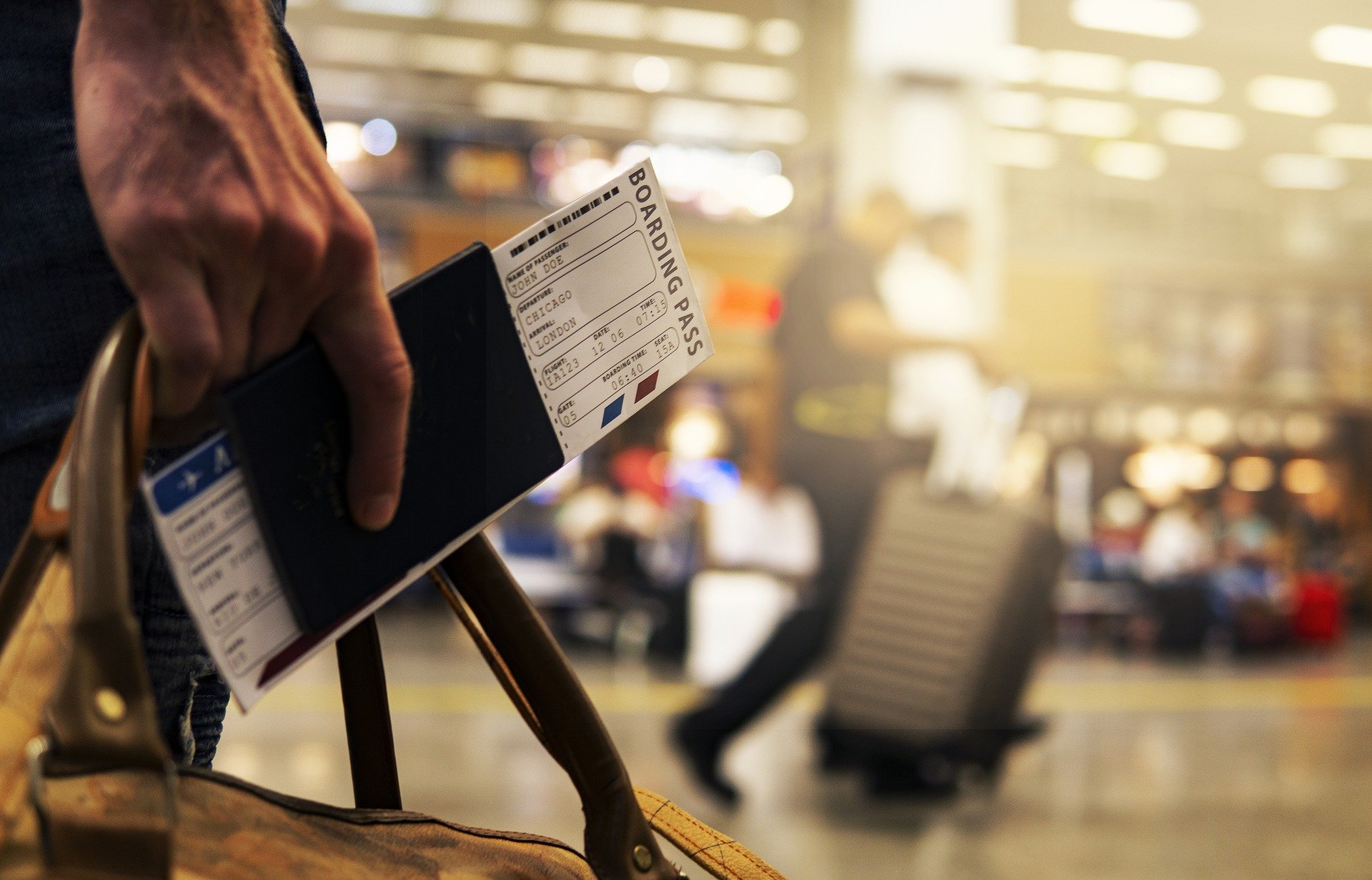After months of movement restrictions, Spain has now lifted many restrictions and opened borders - except for the border with Portugal, which will open on July 1st. So people can now move in and out of the country freely. However, this is something of an illusion as there are still strong restrictions imposed by other countries on travellers coming from Spain.
Most countries in the world have established some kind of ban on the entry of people travelling from or originating from Spain, or have suspended air and/or sea passage. There are about twenty countries imposing different types of quarantine on arrivals, and 17 other countries currently have other measures in place for those coming from Spain, without involving quarantine. Only 24 countries in the world allow the entry of those coming from Spain, without any restrictions. Half of these are European.
Countries that allow the entry of Spaniards without restrictions:
In Europe: France, Germany, Belgium, Holland, Luxembourg, Czech Republic, Austria, Slovenia, Serbia, Kosovo, Latvia, Sweden. The rest: Greenland, Mexico, Mongolia, French Guiana, Western Sahara, Syria, Yemen, Djibouti, Afghanistan, Lesotho, Rwanda and North Korea.
Click on the image to enlarge
Countries that impose measures on arrivals from Spain - stopping short of quarantine:
In Europe: Albania, Belarus, Bulgaria, Cyprus, Croatia, Denmark, Estonia, Greece, Italy, Poland. The rest: Antigua and Barbuda, Bangladesh, Jamaica, Laos, Tanzania, Turkmenistan, Turkey.
Countries requiring that travellers from Spain carry out some sort of quarantine:
In Europe: Finland, Hungary, Ireland, Iceland, Lithuania, United Kingdom, Ukraine. The rest: Azerbaijan, Benin, Cambodia, Cook Islands, Iran, Ecuador, Ethiopia, Nauru, Papua New Guinea, Saint Vincent and the Grenadines, Saint Lucia, Seychelles, South Korea, Uzbekistan.
Countries that have put in place some type of entry ban on arrivals from Spain or have suspended air and/or sea communications:
Angola, Algeria, Argentina, Armenia, Australia, Bahamas, Bahrain, Barbados, Belize, Bolivia, Bosnia and Herzegovina, Botswana, Brazil, Brunei, Burkina Faso, Burundi, Bhutan, Cape Verde, Cameroon, Canada, Central African Republic, Chad, Chile, China, Colombia, Comoros, Costa Rica, Cuba, Djibouti, Dominican Republic, East Timor, Egypt, United Arab Emirates, El Salvador, Eritrea, Slovakia, United States, Philippines, Fiji, Gabon, Gambia, Georgia, Ghana, Granada, Guatemala , Guinea Bissau, Guinea Conakry, Equatorial Guinea, Guyana, Haiti, Honduras, India, Indonesia, Iraq, Ivory Coast, Marshall Islands, Solomon Islands, Israel, Japan, Jordan, Kazakhstan, Kenya, Kyrgyzstan, Kiribati, Kuwait, Lebanon, Liberia, Libya, Northern Macedonia, Madagascar, Malaysia, Malawi, Maldives, Mali, Malta, Morocco, Mauritius, Mauritania, Micronesia, Moldova, Montenegro, Mozambique, Myanmar, Namibia, Nepal, Nicaragua, Niger, Nigeria, Norway, New Zealand, Oman, Palestinian Territories (measures taken by Israel affect entry and exit), Pakistan, Panama, Paraguay, Peru, Portugal, Qatar, Democratic Republic of the Congo, Republic of the Congo, Romania, Russia, Samoa, Saint Christopher and Nevis, Sao Tome and Principe, Saudi Arabia, Senegal, Sierra Leone, Singapore, Somalia, Sri Lanka, Swaziland, South Africa, South Sudan, Sudan, Suriname, Taiwan, Tajikistan, Thailand, Togo, Tonga, Trinidad and Tobago, Tunisia, Tuvalu, Uganda, Uruguay, Vanuatu, Venezuela, Vietnam, Zambia and Zimbabwe.
The 15 countries to which the EU will open its borders on 1st July.
The following list of 15 countries has been proposed by the EU as countries to which it will open its borders on July 1st: Algeria, Australia, Canada, Japan, Montenegro, Morocco, New Zealand, Rwanda, Serbia, South Korea, Thailand, Tunisia, Uruguay, Georgia and China. In the case of China, the lifting of the travel veto will be subject to reciprocity. An EU decision on this proposed list is to be made this Tuesday.


